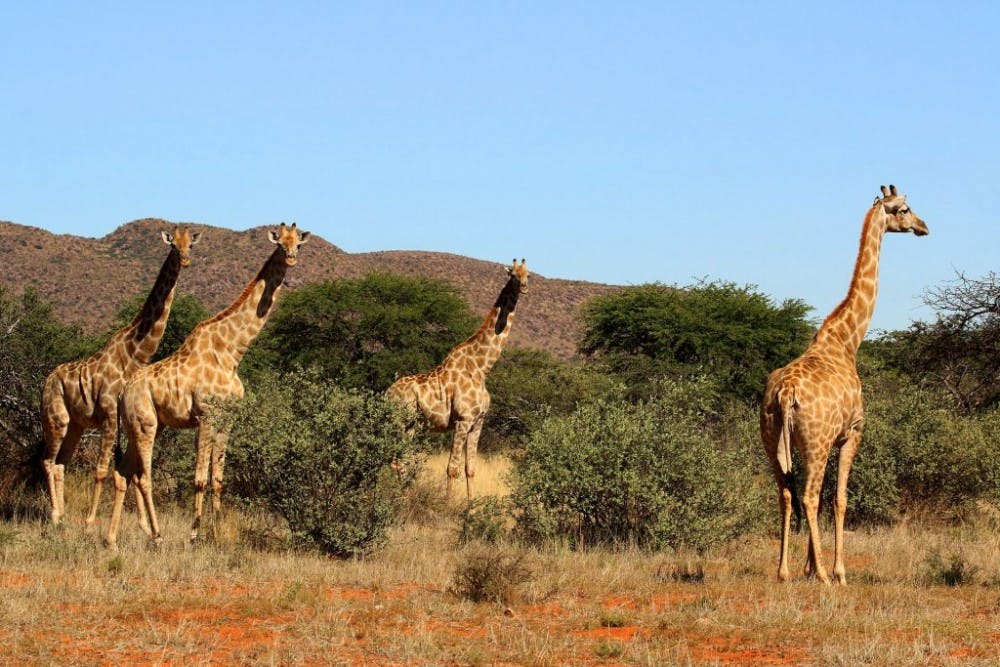An unexpected finding has debunked a once accepted idea that all giraffes are of a single species composed of several subspecies. A recent genetic study done on giraffe relationships shows that the world’s tallest mammalians are not in fact one species, but four distinct species.
Published in the journal Current Biology, the discovery sheds light on the scientific attention deserved by the four genetically isolated species and the conservation precautions that should be taken to protect them. Axel Janke, a geneticist at the Senckendberg Biodiversity and Climate Research Centre and Goethe University in Germany, noted that the findings were especially unexpected because the visible, morphological differences in the coat patterns of each species of giraffe is very subtle. He also added that giraffes were initially assumed to have similar habitat settings, which would allude to maximal reproductive compatibility across various geographic regions. However, because studies on giraffes are often neglected in science, no profound analysis was ever conducted.
The steps toward the discovery began around five years ago, when Julian Fennessy of Giraffe Conservation Foundation in Namibia wanted to investigate similarities and differences amongst giraffes that varied through geographic regions of Africa. He was most interested in how translocations of individual giraffes may have mixed different species or subspecies and how to approach this in conservation areas.
Fennessy turned to Janke for help with the genetic testing of the mammals which led to Janke and his research team examining DNA from over 190 giraffes across Africa. The DNA represented each of the nine previously accepted subspecies of giraffe that made up what was once thought of the single species.
Upon analysis, the DNA showed that there are four very unique species of giraffes which do not breed with one another in the wild. As such, this would align with the necessary implementation of new species of giraffes. The four separate species are now entitled: 1) souther giraffe (Giraffa giraffe), 2) Masai giraffe (G. tippelskirchi), 3) reticulated giraffe (G. reticulate) and 4) northern giraffe (G. camelopardalis). The fourth group includes the Nubian subspecies (G. c. camelopardalis).
Fennessy hopes that this discovery will encourage African governments to found new conservation efforts and support increased protection for the mammal. By splitting the numbers of individual giraffes amongst four species, each of the species is now significantly more endangered than when they were incorrectly grouped together as one.
The northern giraffe has less than 4,750 individuals in the wild and the reticulated giraffe has less than 8,700. These numbers place these two species as some of the most endangered large mammals on earth.
The new discovery pushes researchers to further study the gene flow between the four giraffe species. In the near future, we could expect to see work done to figure out what is restricting the gene flow amongst the giraffe species and how each is differentiated amongst one another and into further subspecies.





